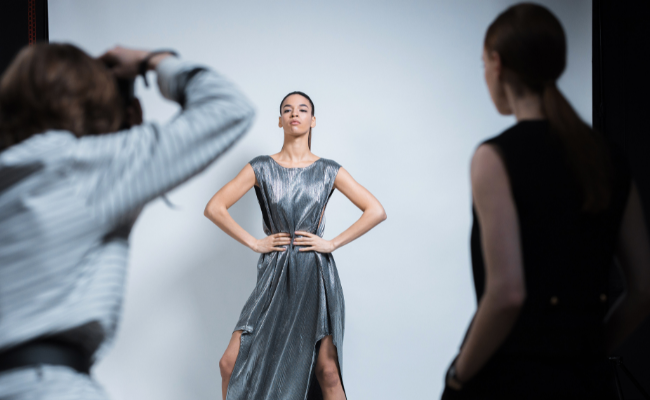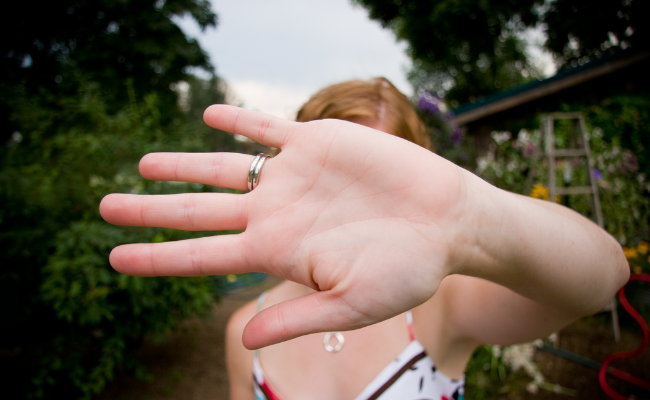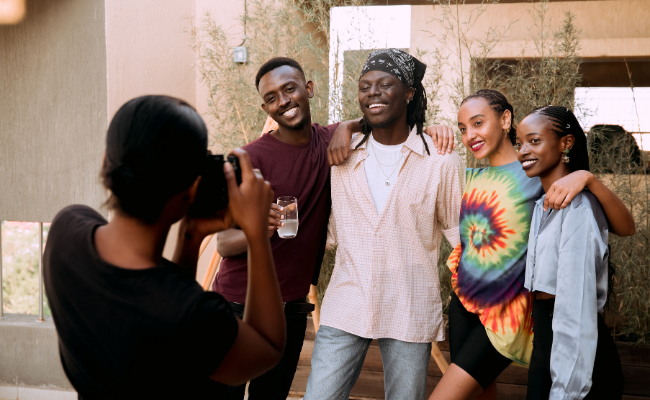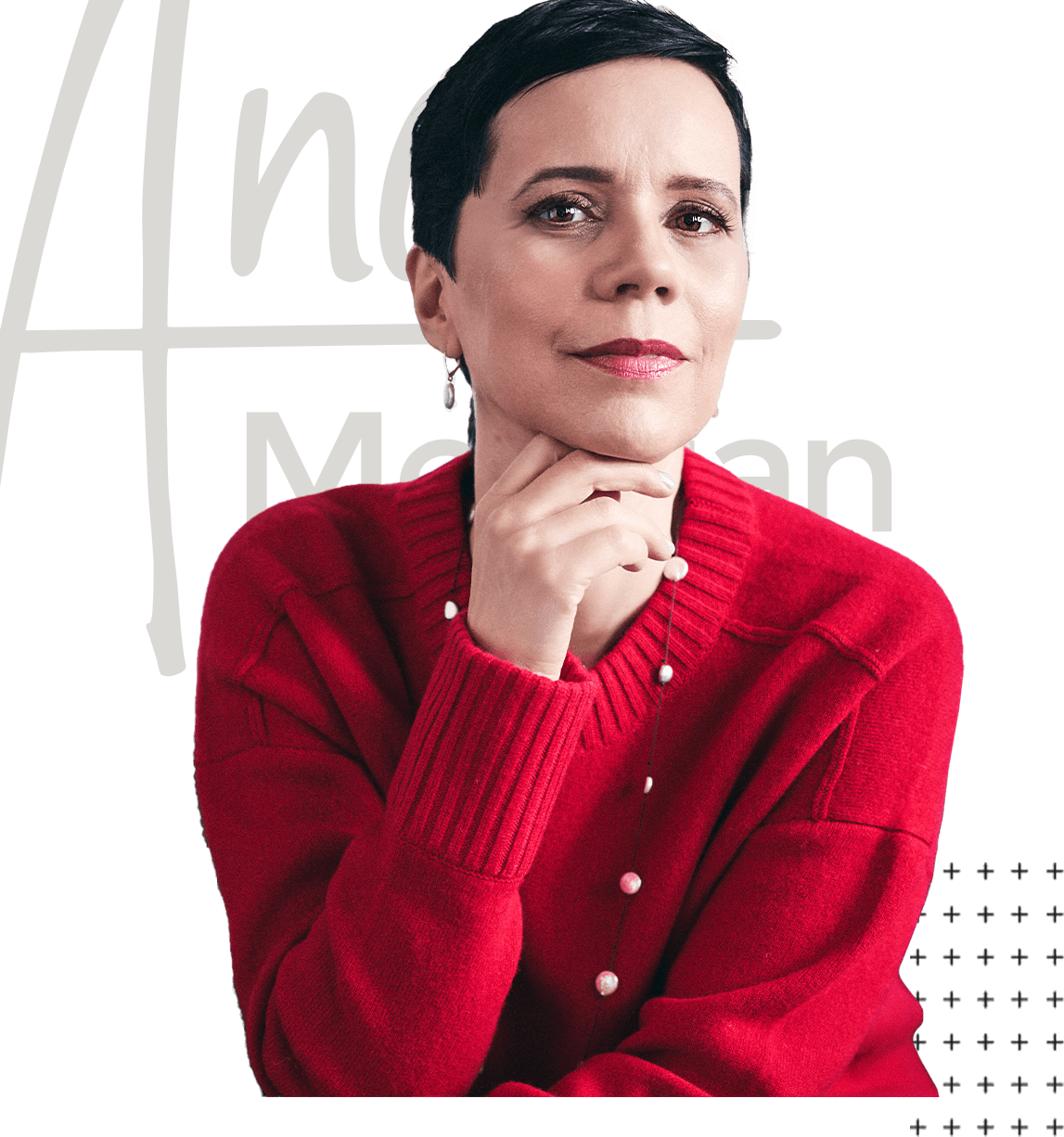Through the Lenses with Raj Bandyopadhyay
“In your brand, you tell a wide range of stories about yourself. Reflecting that journey with your photos is an opportunity to create an emotional connection with clients.” – Raj Bandyopadhyay
I had the pleasure of speaking with Raj Bandyopadhyay, a speaker and brand expert who uses photography to communicate people's unique stories and missions. He provides high-impact photos for personal branding that speak the truth of their subject.
We discuss:
- The impact of unrealistic beauty expectations in media
- Four elements that cause resistance in photoshoots
- How to bring out our spontaneous side when posing for photos
The impact of unrealistic beauty expectations in media

When it comes to representation—although diversity and inclusivity are on the incline—there is still constant room for improvement across multiple industries and forms of media.
“I work with entrepreneurs, coaches, and speakers, and many of my clients tend to be in a later phase of life and career.” Raj explains, “My clients are often in their 40s, 50s, and 60s, who have been very successful in many aspects of their life, but they often feel they want the opportunity to express themselves more authentically.”
That’s where pre-programmed scripts concocted by society come in, narratives such as “I’m too old for a photoshoot,” “I need to lose weight,” or, “I don’t know how to pose properly.” Limiting beliefs that come from an almost subconscious place inside us.
“When I started doing this, I tried to address those directly and then realized more underlying limiting beliefs were causing this.” Raj continues, “You don't see a lot of representation for women over 40 in the media. You have a lot of younger actresses, and then when you hit a certain age, you're supposed to age out and disappear. That doesn't help those kind of social conventions.”
While studying these recurring insecurities and limitations, Raj noticed a pattern that would unlock the hidden potential in his sessions.
Four elements that cause resistance in photoshoots

“I've noticed that all these limiting beliefs fall into four categories. And these categories roughly map to our general wounds or triggers that come up in different aspects of life, even in our relationships, work life, and so on.”
Those categories take the form of:
- I’m not worthy
- I’m not perfect
- I’m not safe
- I’m not free
These beliefs boil down to perfectionism, safety, and freedom. When those elements are absent, we clam up, turn inward, and imposter syndrome breathes down our necks.
I’m not worthy
Imposter syndrome has roots in the sense of not belonging, feeling like a con, downplaying achievement, and generally kicking ourselves around for being in rooms we believe are above us.
“So, if you're doing a photoshoot for your brand, you may feel sorry for your company.” Raj shares, “You may feel like, ‘I'm an imposter. I don't deserve to run a company; why should clients come to me?’ There's a deeper sense of self-worth many of us struggle with, including me. And that often shows up when in front of the camera. You want to hide.”
If we’re building a business or career based on who we are, a solo business or as a speaker or what have you, there is no way we can hide. We have to put ourselves into the light.
I’m not perfect
Perfection is a mirage. We must do many imperfect things before even touching an expert-level execution, and even then, perfection is not the goal.
“It's almost celebrated, this unhealthy perfectionism.” Raj shares, “Everything needs to be perfect. And this is true, particularly for women, in many ways—perfect workers, wives, and mothers, the woman who ‘has it all’ stereotype. That's a manifestation of perfectionism. Social media has completely taken that to a new level, especially visually on Instagram.”
Perfectionism, at its core, is the fear of being judged. We have been conditioned to present perfect homes, families, clothing, offices, skin, hair, routines, etc., with no room for the reality of life. Life is not happy and positive 24/7. It’s messy. Sometimes the bed isn’t made, and we wear our favorite sweater three days in a row without an aesthetic backdrop.
“The cure for perfectionism is vulnerability—when you are showing more of yourself.” Raj continues.
I’m not safe
Safety has a physical and emotional facet. “Women in our society, because of misogyny and other things, they’re used to scanning for safety all the time, especially if you're in an unfamiliar space, in an unfamiliar situation with unfamiliar people, even if there's nothing explicitly wrong with it.” Raj points out.
Being photographed can cause extreme feelings of vulnerability, no matter who you are, and this targets emotional safety.
“Your photographer will see you in ways you normally don't show anyone else. You're going to try things that might feel weird or silly because you're exploring new sides of yourself. That can feel unsafe.”
If we lean into those uncomfortable feelings we’re more likely to show our authentic selves.
I’m not free
The corporate world sets a standard for appearance and professionalism that can feel like elaborate boxes with no purpose in some instances.
“There are these conventions of what looks professional or what looks like branding, and you're supposed to wear these certain kinds of outfits,” Raj shares, “Many of my clients, especially women of color, come from very colorful cultures. And they have spent their entire lives wearing gray suits in the corporate world because that took them to where they are today.”
When we don’t fit into the box, we can retreat further into ourselves and shut down our self-expression.
“They come to me and feel like, ‘I wish I could wear my colorful clothes from my culture more, I wish I could wear the jewelry that I love to wear in my regular life.'” Raj continues.
Freeing oneself from social conventions is not an easy task, but one worth exploring with your brand. Putting the personal back in personal branding is what makes a brand memorable.
How to bring out our spontaneous side when posing for photos

There are countless tips and tricks for a successful photoshoot online, and most focus on how to look put together and professional. Raj challenges us to embrace the imperfect sides of ourselves and experiment.
“We all have our face that we make in front of a camera. And that's good that that works,” Raj explains, “But if you're not showing more sides of yourself, and not just physical sides, but more emotional range about yourself, you're missing opportunities for connection.”
Raj’s top tip for more natural photos:
- Breathe
That’s it. This tip may seem almost comically simple, but when we think about how we usually pose for pictures, what do we do? We hold our breath, thus creating a stiff and forced pose and expression.
“Take a deep breath through your nose and let it go through your mouth. Loosen your lips, relax your shoulders while you exhale, and then take the photo. That alone will make your photos look much more natural.” Raj shares.
A challenge from Raj to you:
- Think about what emotion you want the person looking at your photo to feel
“Next time you take a photo, whether you have a camera pointed at you by someone else or by yourself in a selfie, instead of your go-to pose, think about what you want your viewer to feel through the photo. Pick an emotion.” Raj explains.
Relaxed, impressed, confident, saddened, motivated, contemplative, anything. Make them feel it. People process visuals faster than words. Give them something interesting to process.
When was the last time you felt confident in front of a camera? Was there a time you let imposter syndrome stop you?
Be sure to check out Raj’s full episode for further insights on displaying our authentic selves, and learn more at SeriesAPhotography.com!








